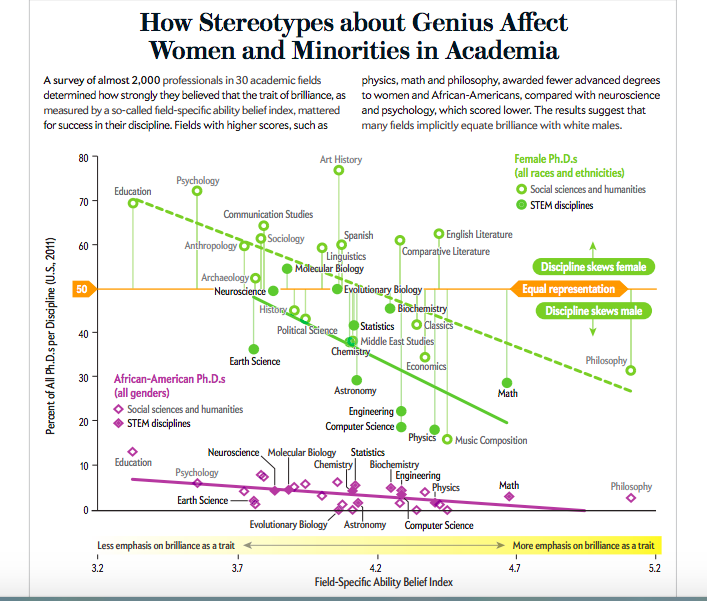Monthly Archives: February 2018
Gender, Labor, #MeToo
This is Sam. Sam is the dog who saved the day, in 1995, when Franco Moretti tried to assault a grad student. Read more about Sam in The New Republic here.
 (1995)
(1995)
Speaking of the systemic:
Karen Kelsky from The Chronicle asks, “When we will stop elevating predators?” and writes: “Part of being socialized in a patriarchal society is a mechanism of internalized gaslighting in which women are conditioned to second-guess themselves, to doubt, to minimize, to do the emotional labor of both defusing situations and reinterpreting them in such a way as to exculpate their harassers — by squinting in just the right way to make plausible deniability, well, plausible.”
In her article “This Moment Isn’t (Just) About Sex. It’s Really About Work.,” Rebecca Traister writes: “. . . it’s possible that we’re missing the bigger picture altogether: that this is not, at its heart, about sex at all — or at least not wholly. What it’s really about is work, and women’s equality in the workplace, and more broadly, about the rot at the core of our power structures that makes it harder for women to do work because the whole thing is tipped toward men.”
 Sam enjoying retirement (c. 2001)
Sam enjoying retirement (c. 2001)
Gender, brilliance, & the economics department
Last month at the 3rd Biennial Science of Learning Symposium hosted by the Science of Learning Institute, NYU psychologist Andrei Cimpian presented his collaborative work on perceptions of brilliance and gender.

He and his colleagues found that success in fields such as physics, math, philosophy, economics, music theory & composition, and engineering is perceived to depend largely on the innate qualities of “brilliance” or “genius”–qualities that are typically gendered male. You can read the forthcoming full article in the Journal of Experimental Social Psychology here. A shorter and chattier account with zippy graphics, co-authored with Princeton philosopher Sarah-Jane Leslie and published in Scientific American, is here.
Where does this all come from? Well, that’s a big question . . . but, as Professor Cimpian pointed out his in talk, this 2016 ad for Gap Kids doesn’t help.

(PS It’s hard to see, but they misspelled Einstein on the kid’s shirt. Really?)
But back to perceptions of brilliance in the academy, especially in field of economics. Last December The Economist ran an article titled “Women and Economics: The profession’s problem with women could be a problem with economics itself” that opens with these sobering statistics: “According to information from university websites, about 20% of Europe’s senior economists are women. In America, 15% of full professors are women. At Harvard, arguably the most prestigious economics department in the world, the faculty pictures that beam down from the wall feature 43 senior members of the department. Only three are women. Two have tenure.”
Cheers.
Gap image: https://www.newstatesman.com/politics/media/2017/07/why-new-rules-gender-stereotyping-ads-benefit-men-too
History professor Martha Jones on Obama’s portraits & black women in the White House

Above you see Michelle Obama’s official 2009 portrait next to Amy Sherald’s recently unveiled portrait. Professor Jones published an op-ed in the Washington Post discussing what’s been said–and not said–about bare arms and presidential history.